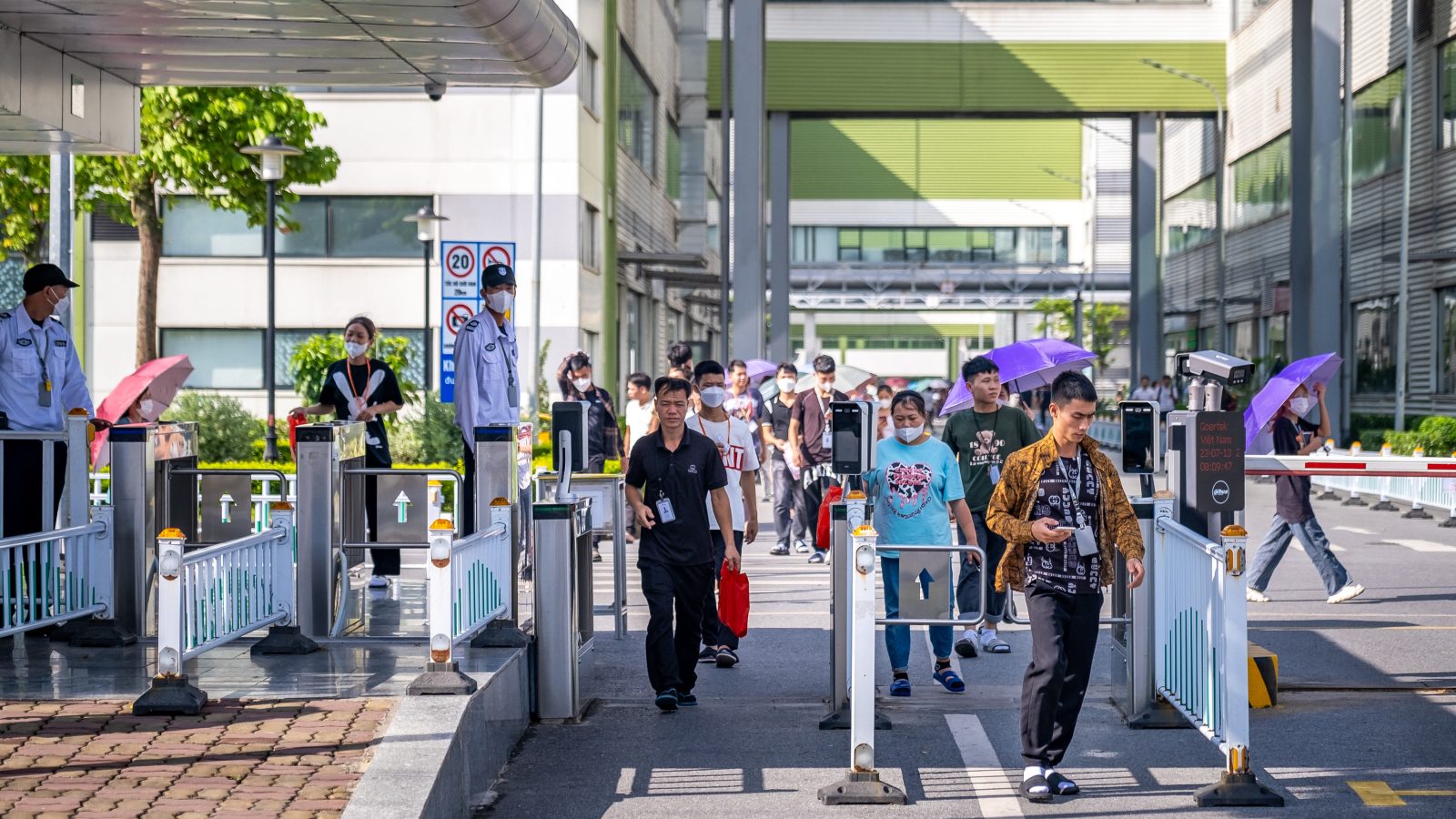- Arvind's Newsletter
- Posts
- Arvind's Newsletter
Arvind's Newsletter
Issue No. #1097
1.Private sector capital expenditure zooms 42% in Q2, shows CMIE data
Private sector companies announced the setting up of factories and other new projects worth Rs 4.1 trillion in the three months ended September, a 42 per cent rise from the year-ago period, according to data from project tracker Centre for Monitoring Indian Economy (CMIE).
Coupled with government announcements of roads, railways, and similar new projects worth Rs 1.4 trillion, the total value of project announcements for the quarter reached Rs 5.49 trillion.
2.Global private equity firm TPG, as well as domestic players JSW Energy and Inox Wind, are in a race to acquire Siemens Gamesa Renewable Power
The Indian unit of wind energy company Siemens Gamesa be valued at up to $500 million, though the transaction will be dependent on contingent liabilities, which could prove a deterrent and affect valuation, said the people. One round of bids has taken place.
The next round of bids could take place this month, though no date has been finalised. Bidders could ask for a cutoff on contingent liabilities, according to those in the know. The company could be a strategic buy for JSW’s renewable energy arm, which wants to enter wind turbine manufacturing. It aims to transform from a power generator to an energy products and services provider.
3.Merger in full-swing: Air India group introduces uniform crew policy
As part of its ongoing merger process to create a unified entity with consistent policies, the Air India group has introduced significant changes to policies covering room sharing, leisure travel priority lists, allowances, reimbursements, meal plans, and gratuities for its cabin crew and pilots, Business Standard has learnt.
These changes will apply to all three airlines within the group — Air India, Vistara, and Air India Express. Vistara is set to merge with full-service carrier Air India by November 11. On October 1, AIX Connect was integrated into Air India Express, creating a single low-cost airline subsidiary under the Air India umbrella.
Some of the new policies have been welcomed by pilots and cabin crew, while others have sparked criticism.
One such change concerns the leisure travel policy, which allows pilots and cabin crew to access discounted tickets for personal travel while off duty. Previously, each airline within the Air India Group prioritised its own employees for these discounted tickets.
Under the new unified policy, a single priority list will be implemented across the entire group. This means all pilots and cabin crew, irrespective of their airline, will be treated equally when it comes to access to discounted tickets on any carrier within the group.
4.Iran Fires into Israel in a significant escalation in war
Iran launched around 180 ballistic missiles into Israel yesterday, killing one West Bank Palestinian and wounding two Israelis, in what Iran called retaliation for assassinations of leaders of allied proxy groups Hezbollah and Hamas. Israel’s defence system, supported by the US Navy, intercepted most missiles.
The attack came a day after Israel launched a ground invasion into Lebanon, where Hezbollah is based, and nearly one year after Hamas—and subsequently Hezbollah— attacked Israel, prompting an ongoing war in Gaza. Israel warned residents of dozens of southern Lebanese towns yesterday to evacuate north as it continued to launch missiles into the country. Israeli-attributed device sabotage and artillery attacks in Lebanon have killed over 1,000 people in recent weeks, with millions displaced.
Israeli and US leaders vowed to retaliate against Iran for the barrage, which featured high-elevation ballistic missiles rather than the drones and cruise missiles deployed in a similar attack in April.
Israeli officials were considering targeting Iranian oil facilities and other strategic sites as part of what they promised would be a “significant retaliation,” Axios reported, while The National wrote that Israeli tanks had crossed into Lebanon, with the country’s army expanding its evacuation call. Global attention has focused on the risks of a full-blown war between Israel and Iran, but Israel’s offensive into Lebanon carries its own risks, Politico noted: An ostensibly limited operation in 1982 originally intended to curb militant attacks from Lebanon ultimately resulted in a nearly 20 year occupation.
5.Worshippers are increasingly making religious offerings via QR code.
Churches in Mexico now allow congregation members to pay tithes or make other donations through banking apps or services like PayPal. Adoption of the digital systems picked up during the pandemic, though 90% of the country still uses cash for most transactions, Rest of World reported in its series about tech and religion.
In India, meanwhile, more than 530 Hindu temples are using QR codes to accept donations or payments for tickets as part of a government-supported pilot program. “Traditionally, temples are very cash-heavy locations. The amount of money that they handle is mind-boggling,” the CEO of a local payment company said. Larger temples can amass up to $26 million in donations each month.
6.Ozempic is transforming your gym
The rise of GLP-1 drugs, which reduce food cravings and allow easy weight loss, have made pharma companies such as Novo Nordisk very rich, but they also have impacts elsewhere in the economy.
For gyms and health clubs, still recovering from the pandemic, those impacts will be “huge but complicated,” the Financial Times reported: Cardio machines, such as treadmills and exercise bikes, were already losing popularity as people turned to strength-training equipment.
Weight-loss drugs “will exacerbate the pressure,” as users turn away from exercise for weight control — but studies suggest the drugs can cause muscle loss as well as fat, meaning people will have ever more need for the dumbbells.
7.YouTube’s do-it-yourself brigade is taking on Netflix and Disney; The Economist
When Jeff Bezos, the founder of Amazon, wanted some publicity for Blue Origin, his rocket firm, he did not turn to a television channel or a newspaper, as he might have done a decade ago. Instead he offered Tim Dodd, who runs a YouTube channel called “The Everyday Astronaut”, an exclusive factory tour. The resulting video, in which the two men spend an hour admiring hydrogen tanks and discussing the finer points of rocket-engine turbopumps, may not strike everyone as compelling TV. It has 1.6m views nonetheless.

It also neatly illustrates a transformation in the media business. As the internet has cut out middlemen and empowered enterprising people to produce things themselves, an enthusiastic do-it-yourself crowd is taking on mass-market incumbents. In-depth, chatty podcasts have shaken up radio. Music from independent artists, not beholden to the big labels, is growing in popularity on Spotify.
But it is in television that the change is most dramatic. As we report this week, YouTube, which is owned by Google, has quietly built a video-streaming business to rival those of Netflix, Disney or NBCUniversal. Its legions of self-taught film-makers broadcast to 2.5bn viewers each month. YouTube accounts for a tenth of all the television that Americans watch, more than any other streamer or channel. And much of that audience is young, building viewing habits that may last for decades.
YouTube is what tech types call a platform, whereas its rivals are run much more like traditional studios. Getting a series greenlit on Disney or Netflix means negotiating with agents and fixers before convincing a commissioning executive to hand over a pile of money. Filming needs hundreds of specialised people. YouTube throws all that out of the window. Anyone can upload more or less anything they like. Most videos are free to watch. YouTube’s job is to insert some advertisements and split the takings with the film-maker. If that sounds like a recipe for dross, it often is. But what is more striking is how much genuinely engaging stuff bubbles up.
Technology has helped. High-quality cameras are cheap. Powerful video-editing software runs on inexpensive laptops. And drones make dramatic aerial shots possible. The result is that handfuls of people can make videos with relatively high production values for a tiny fraction of the cost of traditional television. The quality gap will only shrink. By automating many of the tedious bits, artificial intelligence seems likely to make video production even easier than it already is.
YouTube has spawned its own megastars, such as MrBeast, with his 317m followers (and growing number of critics). But its most interesting effects will be felt at a smaller scale. Because making content is cheap, YouTubers can earn a living serving niches too small to be profitable for other streaming firms. From Mr Dodd’s rocket science to rock climbing, knitting or ancient history: think of an interest, and at least one YouTube channel is probably dedicated to it.
This means that, as with the rest of media, the future of television looks likely to become ever more targeted and specialised. Just how high the tide of user-generated content can rise remains to be seen. Some YouTubers are experimenting with formats such as game shows or feature films, with mixed results. Some bits of high ground look likely to stay safe: it is hard to see YouTube videos replacing big-budget dramas like “Game of Thrones” or “Stranger Things”, which require upfront financing that YouTube’s business model does not provide. In a world of ever more precisely tailored content, those rare TV shows that have true mass-market appeal will be even more valuable. But only because they will become rarer still.
8.Apple manufacturers moved from China to Vietnam. Now they’re desperate for workers
Vietnam is the preferred location for tech manufacturers diversifying from China.
As Apple suppliers expand production in Vietnam, competition for workers has intensified.
Recruiters solicit prospective workers on TikTok, promising cash rewards and free accommodation.
“There are more factories competing for the same pool of workers, and so many have had to increase perks and find ways to attract workers,” Tong Diep Anh, marketing director at Viec 3 Mien, a recruitment company for Apple manufacturers, told Rest of World. “In the past, when demand for work was high, workers had to pay money to get a job. Now that the job market is saturated, workers have a choice.”
On TikTok and Facebook, manufacturers and their recruiters try to attract the attention of potential workers by posting videos and hosting daily livestreams about the jobs they offer. Some promise monthly wages of up to 12 million dong ($492), plus sign-on bonuses.





